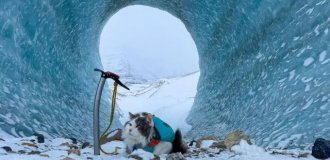The most unusual animals on the verge of extinction (12 photos)
British scientists have compiled a list of 100 animals that are on the verge of extinction. These animals have practically no "relatives", respectively, their loss can critically affect the entire diversity of the animal world.
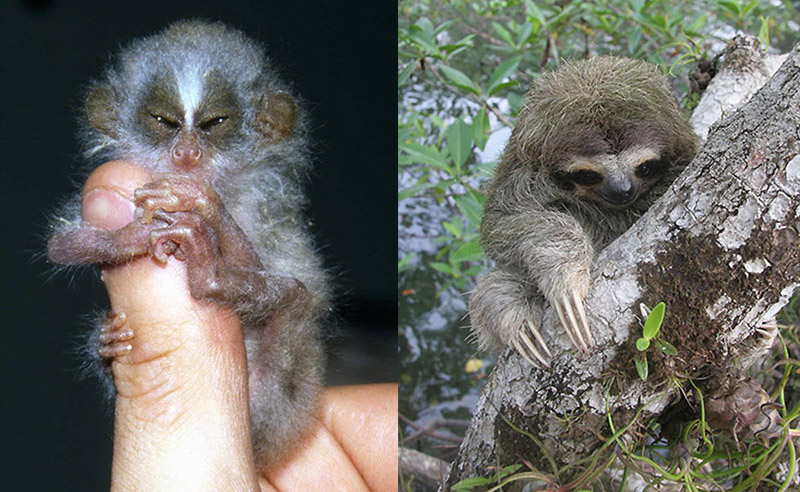
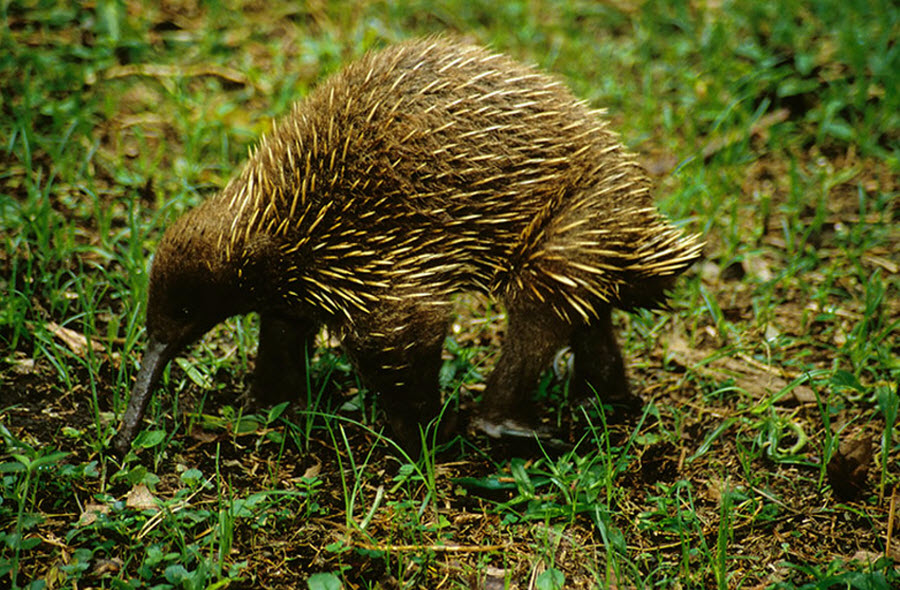
1. Long-nosed echidna (Tachyglossus bruijni), Papua New Guinea. The long-nosed Attenborough echidna is one of the most primitive mammals on the planet. This mammal, which lays eggs like a crocodile, was considered extinct for a long time, until scientists discovered several individuals of this species in 2007. (SPL)
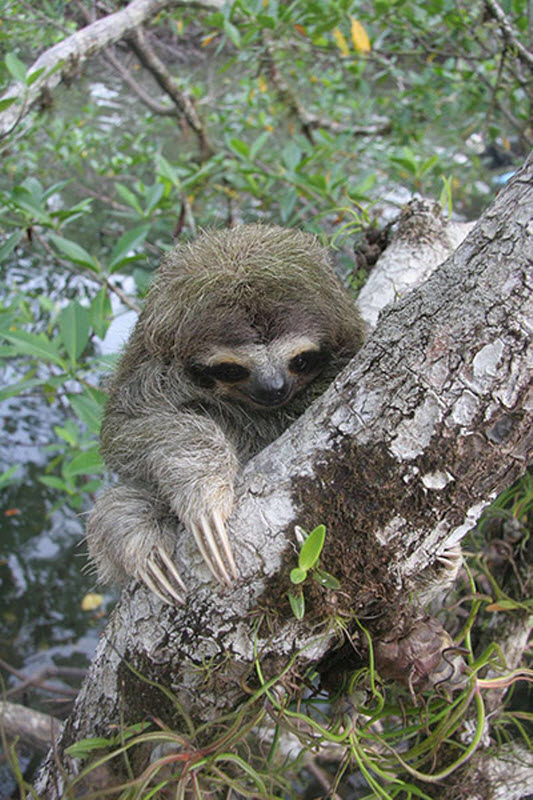
2. Pygmy three-toed sloth. Discovered only in 2001, this miniature sloth is the smallest and most endangered of all sloth species. It lives on a tiny island off the coast of Panama. (Bryson Voirin/ZSL)
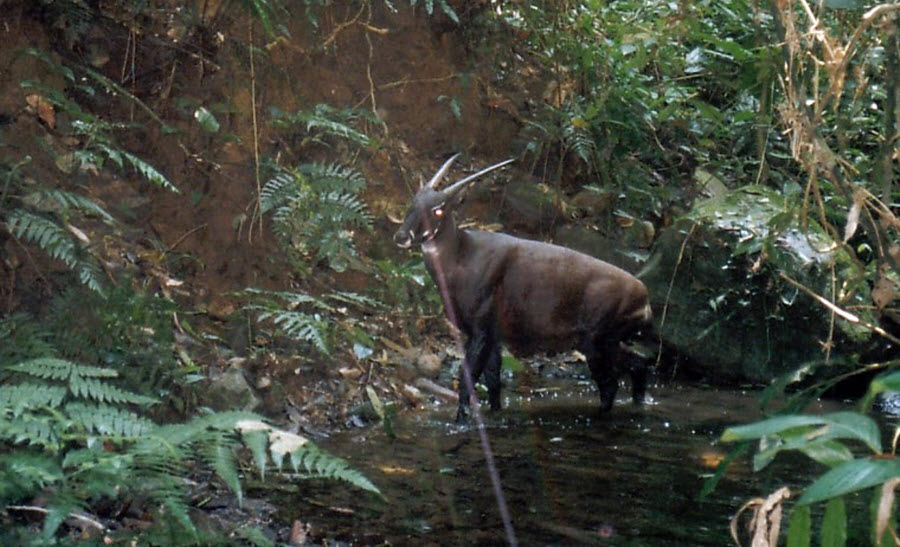
3. Saola, or "Asian unicorn" was unknown to Western scientists until 1992. His discovery is one of the rarest and most interesting of the last 50 years. Now its numbers are incredibly small - perhaps only a few dozen individuals survived in the mountainous jungle that separates Laos from Vietnam. (Ban Vangaban village/WCS/ZSL)
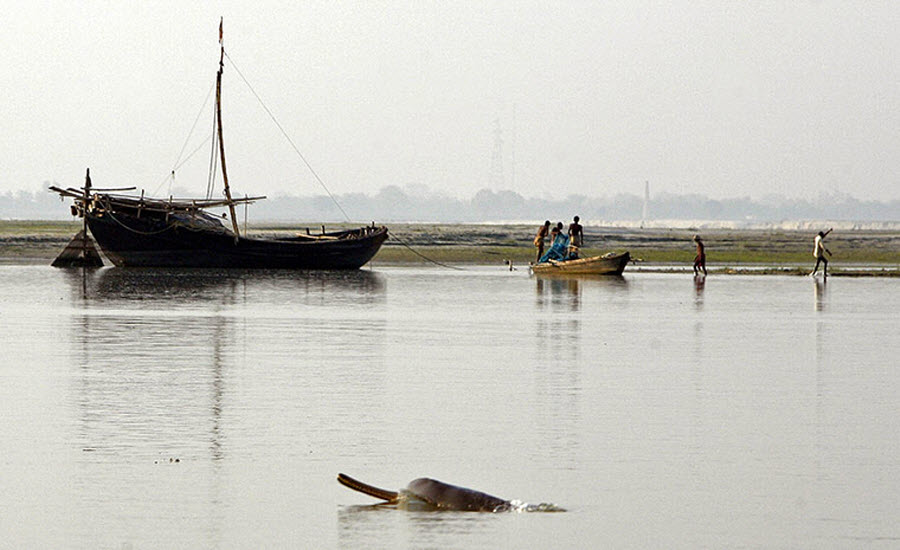
4. The river dolphin is the last descendant of one of the early groups of long-beaked dolphins that swam the seas millions of years ago. This strange dolphin with a thin nose is practically blind. It swims on its side and belly up and uses finger-like structures on its fins to search for food at the bottom of rivers. (Rex Features)

5. Black-and-white lemur vari - the largest of the lemurs and Madagascar's answer to the bumblebee. This animal is considered the world's largest pollinator. He has developed a unique relationship with the Ravenal Madagascar, with whom he collects pollen on his fur while drinking nectar from the tree's flowers. (Graham Turner/Guardian)
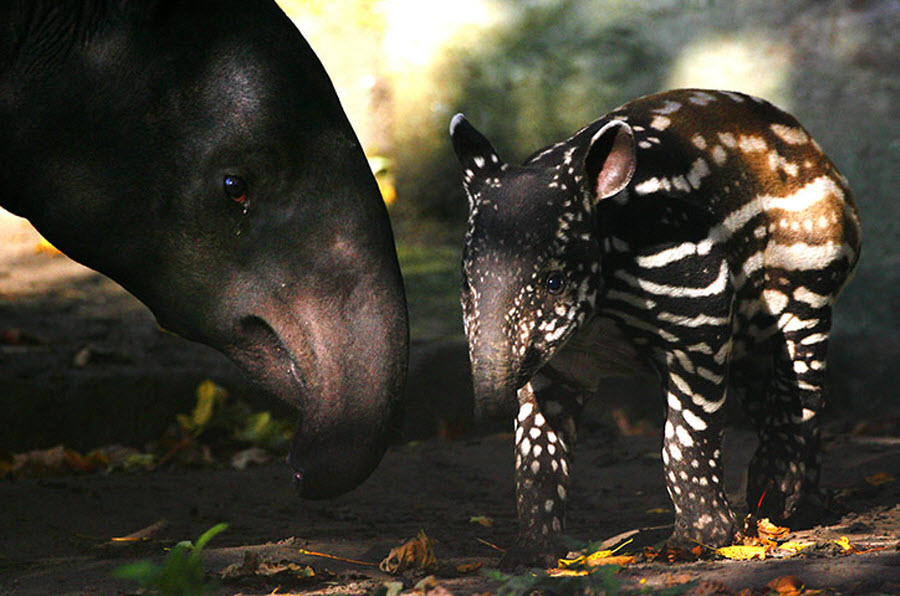
6. The Asian tapir has a distinctive black and white pattern on its torso. Its most distinctive feature is its long, grasping nose, with which it picks up leaves. Although it is under the threat of extinction mainly due to the reduction of its habitat, hunting also threatens the life of this species. (David Moir/Reuters)
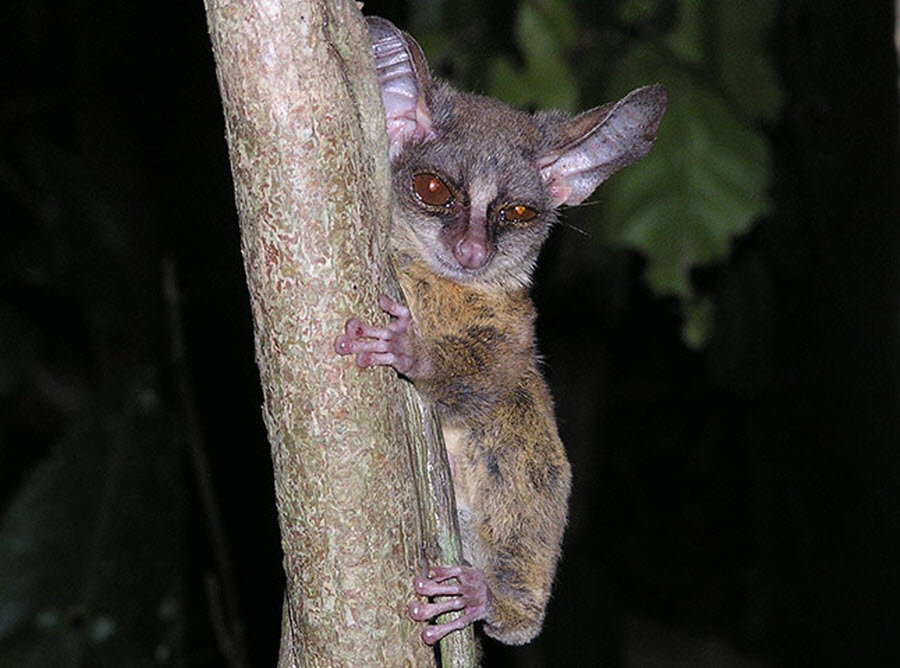
7. The pygmy galagos are the smallest and most endangered of the galagos. It lives in one of the most remote forest regions of Tanzania. It is on the list of 25 endangered primates. (Johan Karlsson/ZSL)
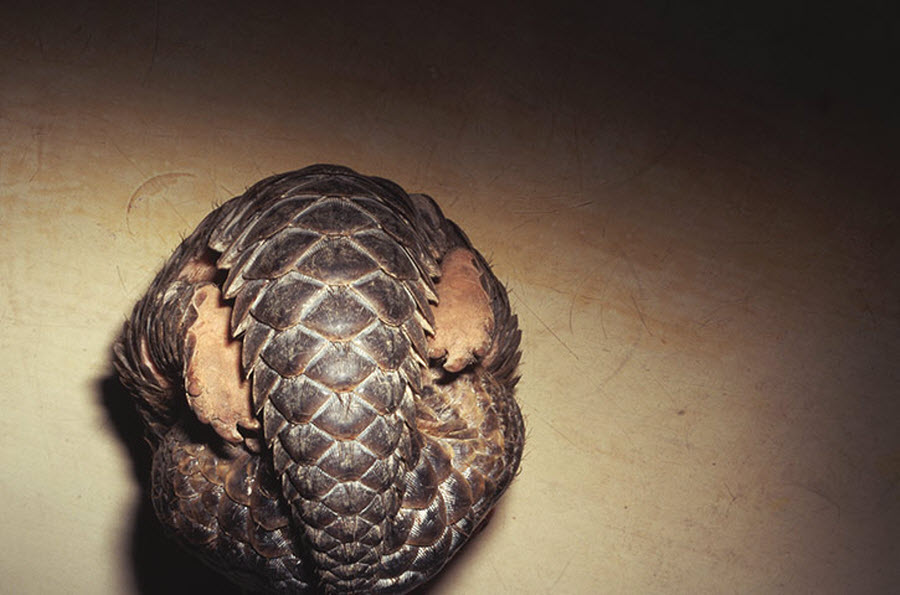
8. Chinese lizard. These unusual mammals are covered with scales formed by glued wool, which is a quarter of the total weight of the animal. With their powerful claws and long (up to 40 cm) tongue, Chinese lizards feed exclusively on ants and termites. This species is widely used for its meat, which is considered a delicacy, and for its skin and scales, which are used in traditional Chinese medicine. (Keren Su/Corbis)
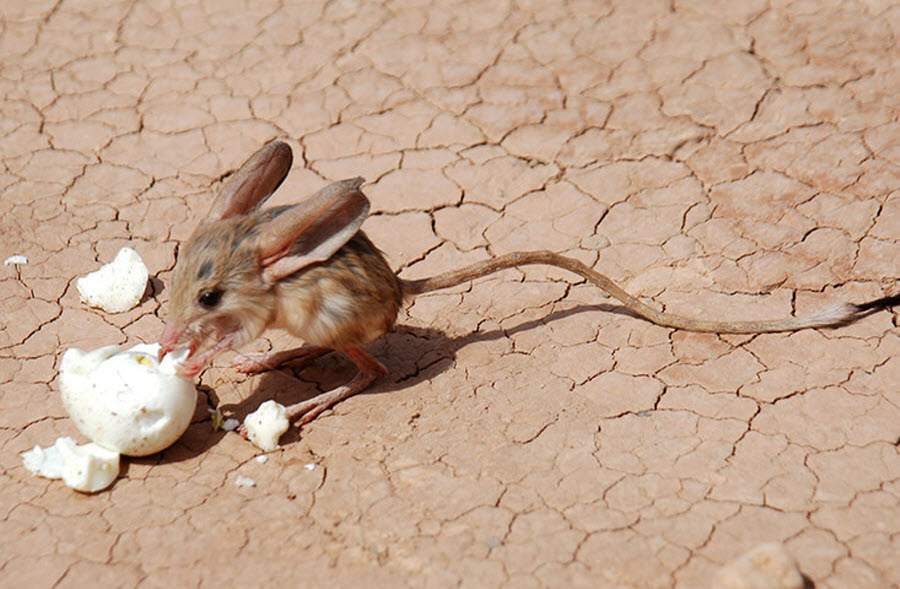
9. Long-eared jerboa is a small hopping rodent resembling a mouse with a long tail and very long hind legs. Long-eared jerboas can be distinguished from other jerboas by their huge ears, which are almost a third larger than their head. Little is known about this species. Other jerboas are nocturnal creatures, during the day they sit in holes underground, which they dig themselves. The number of this species is declining as a result of human intervention in its habitat. (Liu Jian/Corbis)
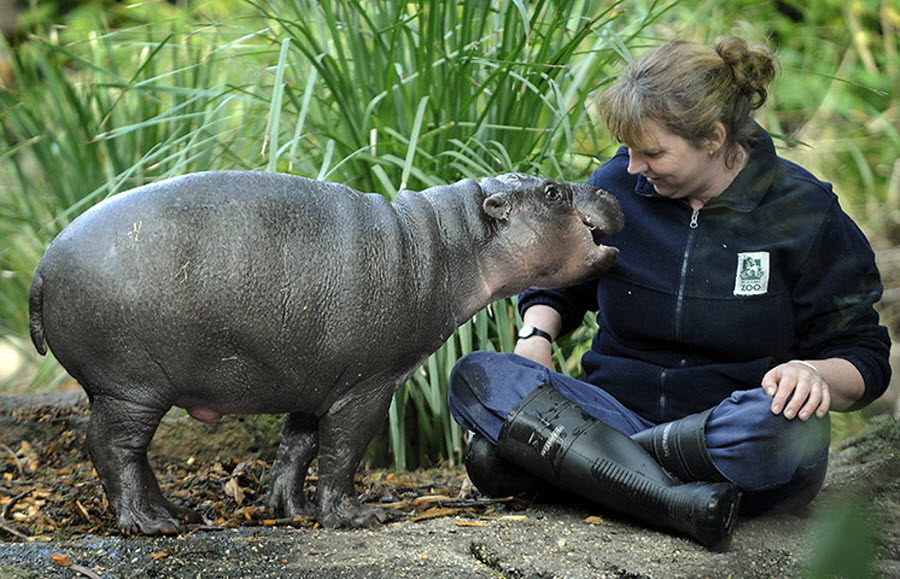
10. Pygmy hippopotamus. The word "hippopotamus" comes from the Greek for "river horse", which is quite consistent with the lifestyle of pygmy hippos, which spend most of their time in rivers and swamps. This animal is under constant pressure from people. The small, isolated Nigerian population of these hippos is thought to be extinct. For decades, nothing was reported about them, although anecdotal evidence suggests that they may still exist. (Newspix/Rex Features)
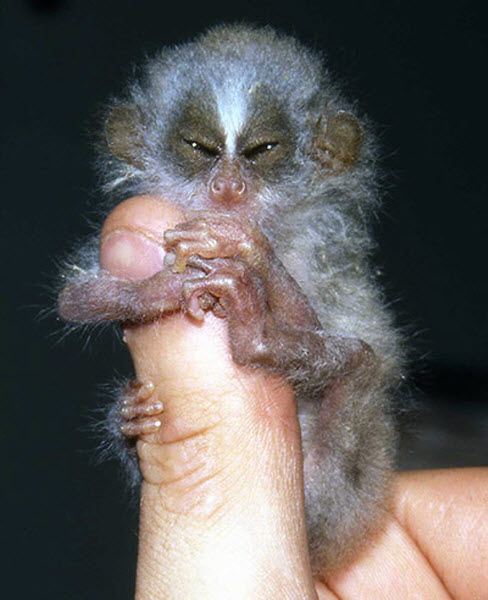
11. The slender loris has incredibly thin front and hind legs. He has huge round eyes, allowing the animal to see perfectly and hunt insects at night. The number of these small primates is declining as their habitat - the forest - is cut down. (HO/Reuters)
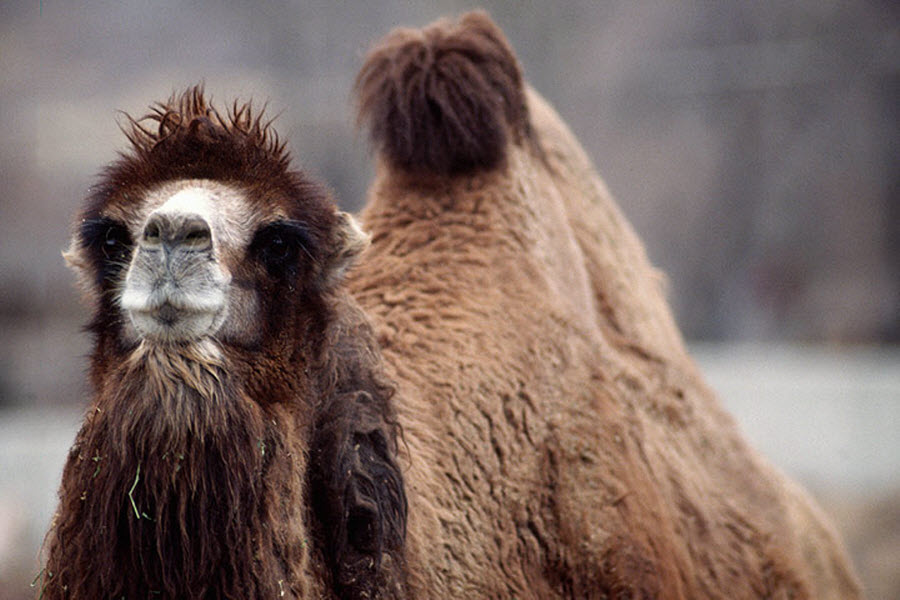
12. Bactrian, or two-humped camel. This camel is possibly an ancestor inof all domestic Bactrian camels. It is perfectly adapted to life in the harsh Gobi desert. This species can withstand drought, lack of food, and even radiation. However, only over 1,000 individuals have survived to date, living in four locations. These animals are in danger of extinction due to hunting, habitat loss and competition for resources. (Scott T. Smith/Corbis)








